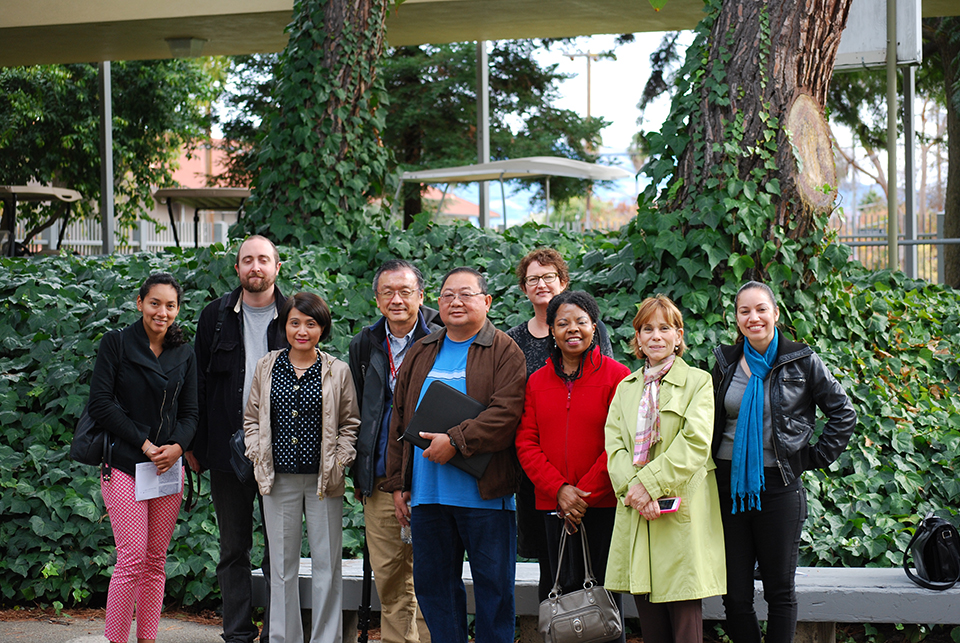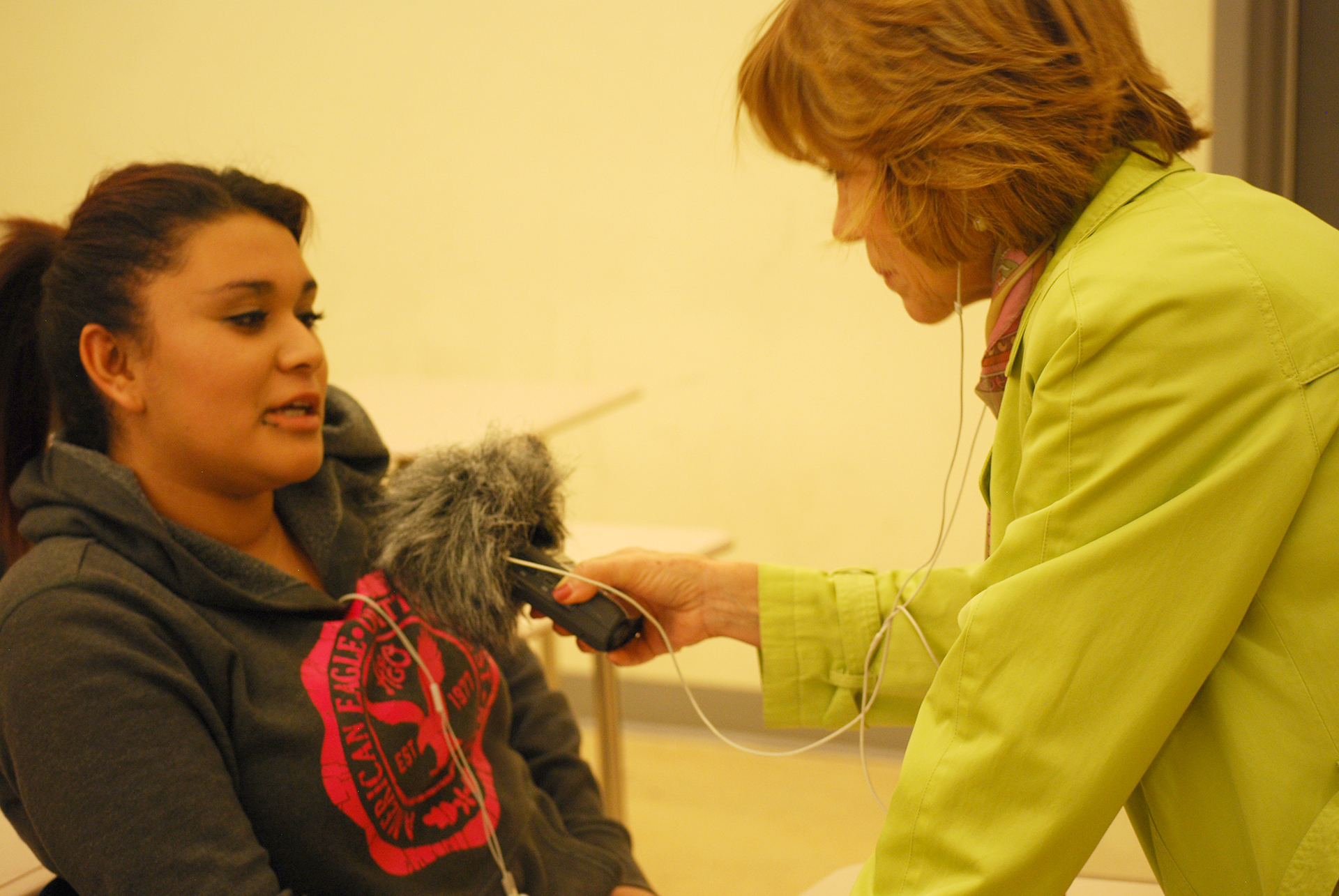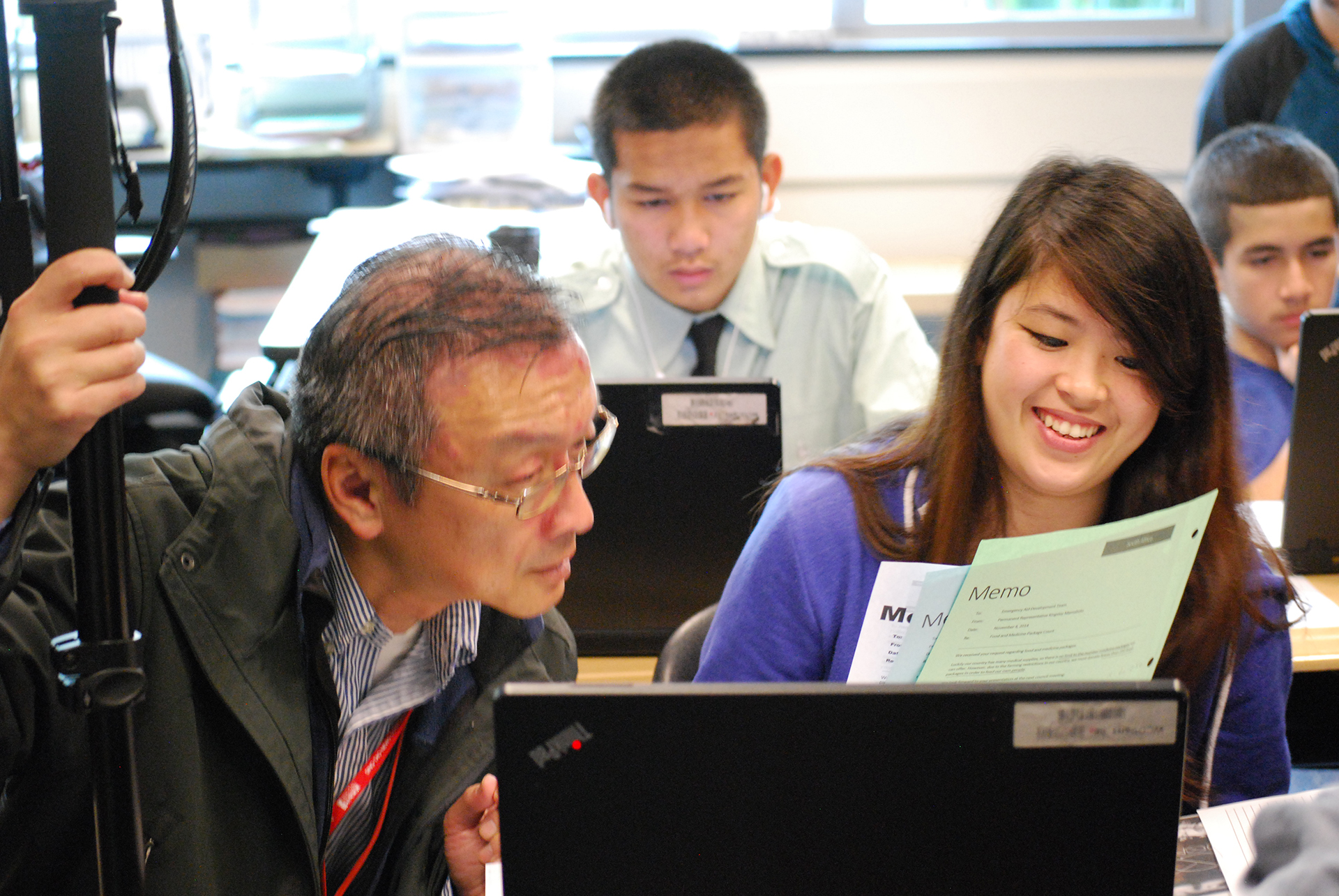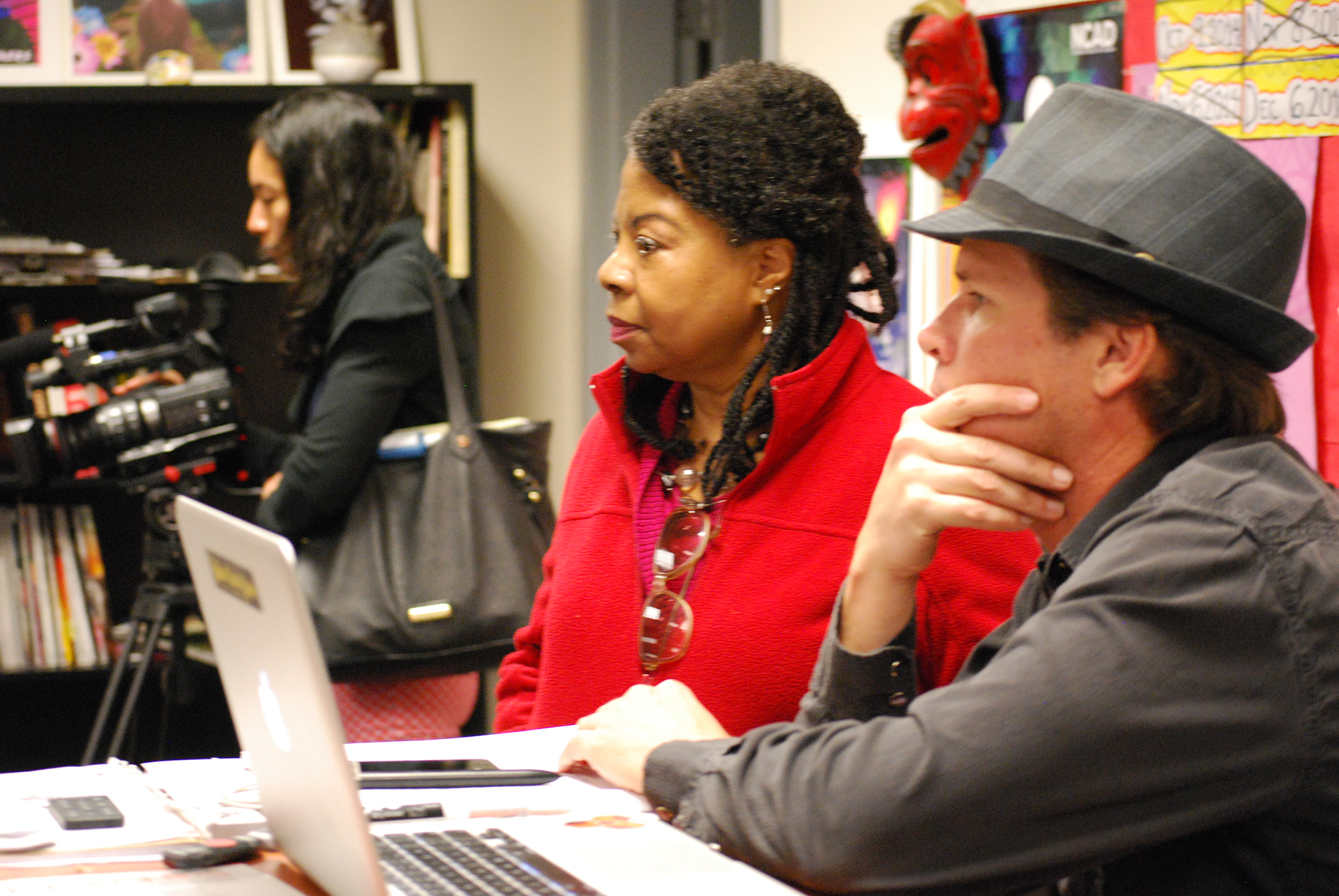
Ethnic media and community: four lessons for philanthropy
Neha Singh Gohil is a senior media fellow at the Silicon Valley Community Foundation. Photos by SVCF from a reporter training at Overfelt High School in San Jose, California.
In October 2014, the Silicon Valley Community Foundation partnered with New America Media on a nine-month project to support ethnic media outlets in education reporting. Our goal was to ensure that all parents – regardless of linguistic or cultural barriers – knew about the changes happening in their children’s classrooms. But what surprised us most was how the focus on a single content stream (education) could teach us about how foundations can support community media.
As a place-based foundation, we are keenly interested in how information flows through our communities. One in three Silicon Valley residents is an immigrant. It’s not uncommon to hear more than five languages spoken on a single trip to the supermarket. Yet, the size and impact of ethnic media as part of a resident’s media diet has been largely overlooked. According to a 2005 poll, nearly a quarter of the U.S. population regularly consumes ethnic media.

For our project – the Informed Communities Education Reporting Fellowship, which was funded by Knight Foundation – nine reporters went through a series of trainings about the new Common Core State Standards and visited schools, talked to students, and watched teachers being trained. Over the course of the school year, they collectively produced nearly 30 stories in the language and medium of their respective outlets. All stories were published by fellows’ outlets, after which they were translated into English and posted to the New America Media and Embrace the Core websites.
We created this video to provide a glance at how we did it. To find out more about what we learned, read on.
What did we learn?
1. Ethnic media functions at the intersection of community organization and informant. Unlike mainstream media, the outlets that we worked with excelled at coverage of the mundane, everyday lives of their readers. They are often the first port of call for non-English speakers trying to navigate t our government systems. They are also the canaries in the coal mines for community-specific issues that are later identified in the mainstream media. Stories from this fellowship were picked up by EdSource and the NYTimes, among others.
2. While ethnic media shares several of the concerns of mainstream outlets, they are uniquely placed in terms of both the strengths and opportunities of our current media environment. Most of the outlets we worked with had no dedicated education beat or original education reporting. Several had a minimal social media or online presence. However, they engaged with their communities in real, face-to-face interactions. They have a clear audience and focus for their work. Yet, they haven’t found a way to leverage their relationships to directly inform their reporting.
3. The traditional convening role of community foundations is very relevant to the ethnic media space. We brought together a cohort of reporters, some of whom were freelancers, while others were industry veterans and published their own newspapers. They all spoke different languages, and were often reporting very narrowly on a single community. Yet, the result of this project was a thrilling cross-pollination of ideas and themes across individual communities. The series of stories provided a mosaic that told the story of Common Core in Silicon Valley.
4. Foundations are key to funding ethnic media. Not only were we able to provide issue area expertise and access for several reporters during the fellowship, but we were urging them to look at the bigger picture. We pulled out best practices in the space and shared them amongst the group. We asked what their outlets need to continue working in the communities, and how they’re getting those things. That sort of strategic focus is something that we can provide to the ethnic media space as we do in other programmatic work.

The fellowship represented some of the most comprehensive coverage to date of the Common Core State Standards in terms of multiplicity of languages, numbers of reporters, and the duration of the project. The resulting coverage reached nearly 500,000 people and was picked up in at least two mainstream outlets.
It has also opened up new opportunities to experiment with bilingual and ethnic journalism in a way that falls within the programmatic priorities and skill sets of community foundations. This is a start for engaging parts of our communities that are traditionally difficult to reach and serve. Join us in figuring out how to continue supporting this work in our communities!

Recent Content
-
Community Impactarticle ·
-
Community Impactarticle ·
-
Community Impactarticle ·


